-
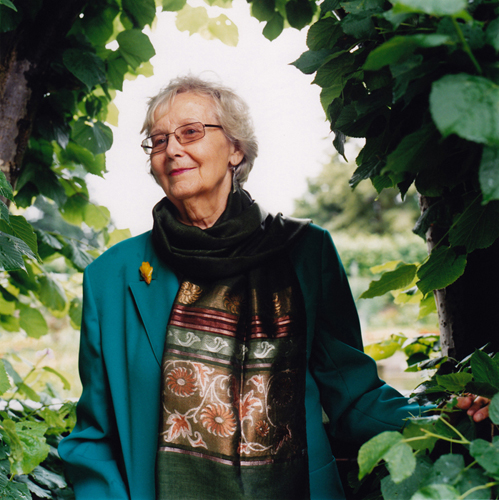
Marta Praulina. French Marigold
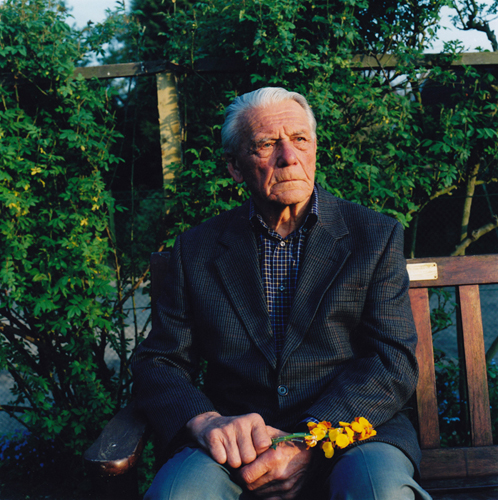
Janis Taurins. Wallflower
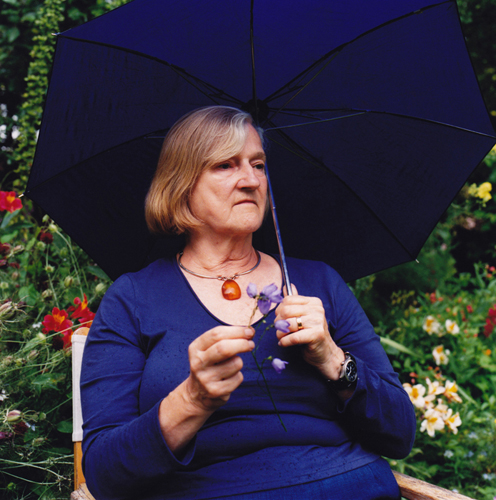
Rasma Budina. Harebell
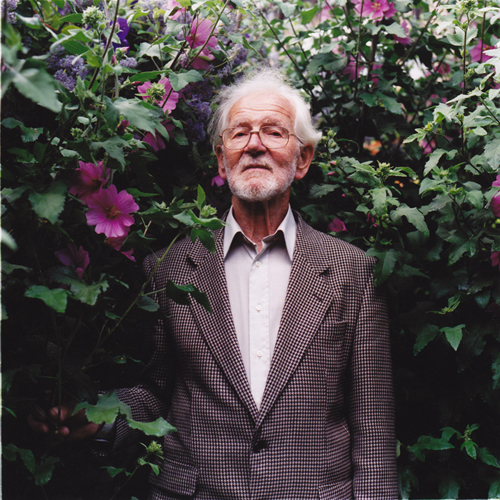
Eduards Brieze. Lavatera
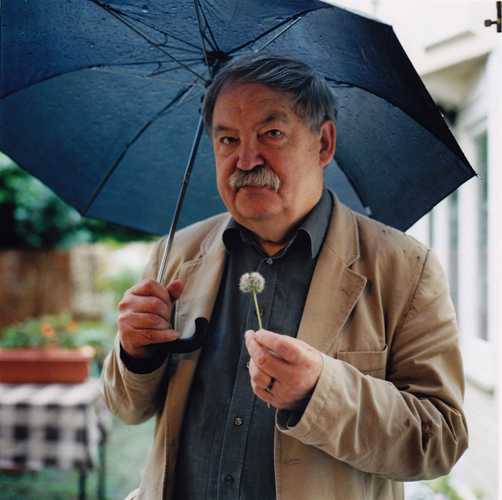
Gunars Spodris. Dandelion
2007
http://www.spamexhibition.co.uk/vitaupeniece.html
These portraits are of the oldest generation of Latvians living in Britain. The project grew out of my surprise when meeting my exiled countrymen in London, and later at other places in England. This surprise grew from a seemingly contradictory experience. They certainly spoke, sang and joked in Latvian, and I felt a strong affinity with them, especially as I myself was in a foreign country. Yet at the same time it was as if I had met people from another time and different culture. Therefore, when I decided to make a photo series about this exile generation, I chose to make them as portraits, in order to lift forward the personalities with whom I have had many glad and enriching meetings.
The people portrayed had been refugees, or forced labourers, or prisoners of war after World War II. In the direct aftermath of the war they stayed in refugees camps in Germany before being allowed to move to other countries. They acquired a rather eloquent designation – “displaced persons” (DP). [At the time there were from 11 million to as many as 20 million Dps in Europe]. Britain was the first country to open its borders to them. As it was too dangerous to return to Latvia because of the Soviet occupation for almost 50 years following the war, they made their home in England.
The people are portrayed with flowers. There are several reasons for this choice. Firstly, flowers occupy an important place in Latvian culture. It is customary to bring a flower even for a casual occasion. At almost every event we can give a flower as a gift, a token of love, appreciation, sympathy or just to share the joy of beautiful colour and shape. From this point of view, the flowers in the pictures accentuate a relation that exceeds the photography itself. Secondly, I wanted to use flowers in order to emphasise the personalities of the portrayed persons; one must note that the flowers were chosen by the people themselves. And lastly, even when cut, flowers continue to blossom. And thus they allow us to see even exile, estrangement and aging in a different light.
-